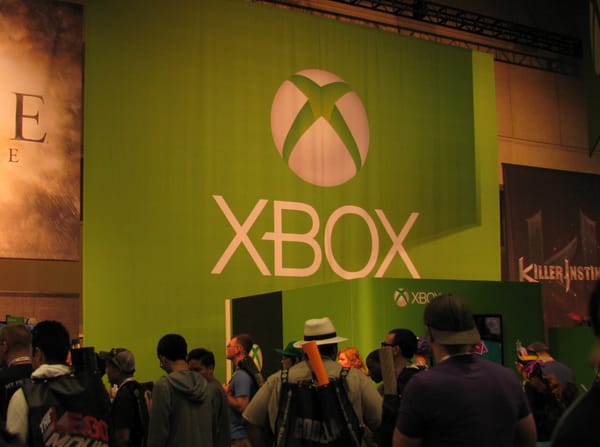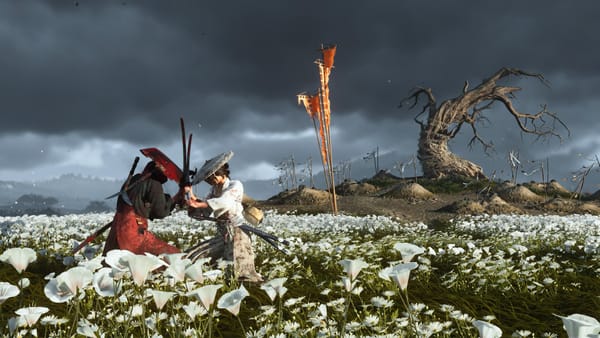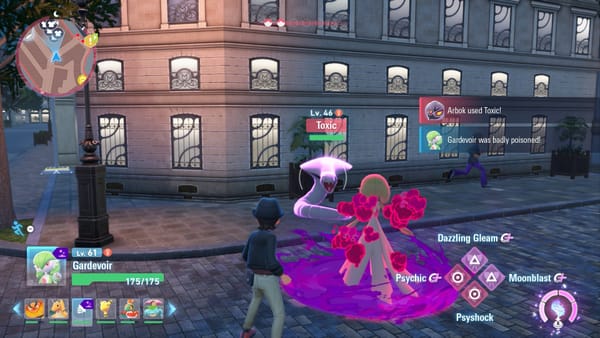The legend of GTA VI
The game a whole industry is afraid of.
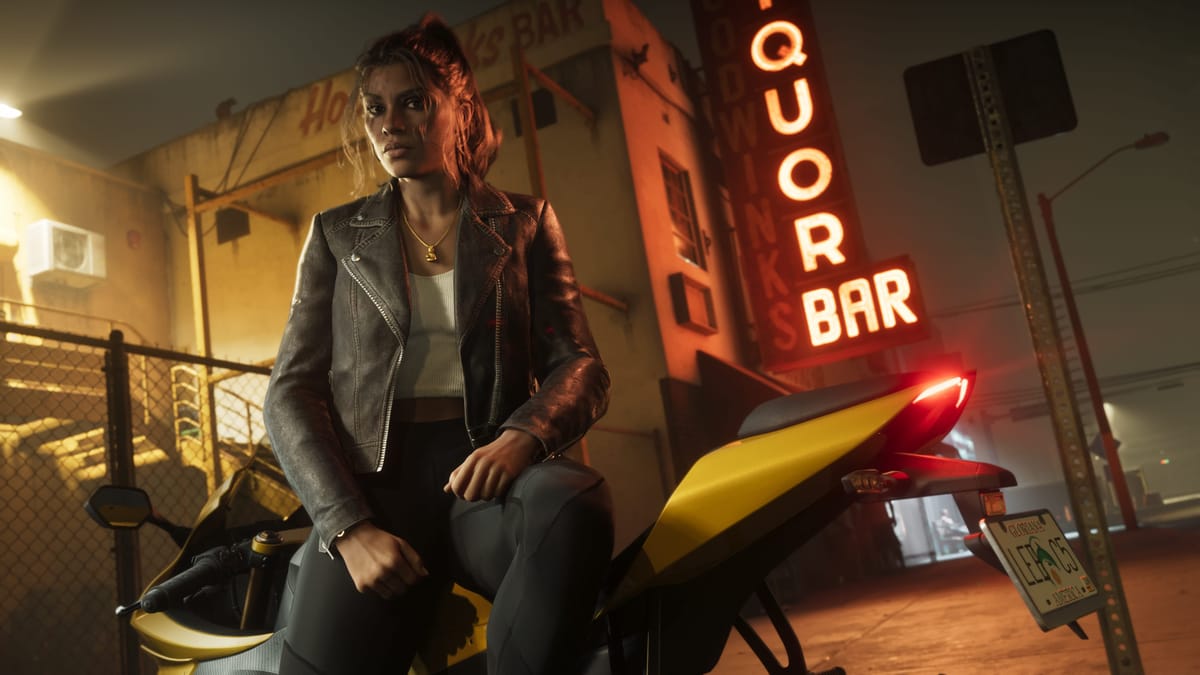
It's easy to underestimate just how big Grand Theft Auto is.
It’s not just that, with 210 million copies sold, GTA V is one of the best-selling games ever: it’s that it still sells well. It was #6 in Europe and #8 in North America on last month’s PlayStation 5 download charts. Remember, this game originally released all the way back in 2013. Even the next-gen update for PS5 is already over three years old.
As I’m writing this, 133,305 people are currently playing GTA V on Steam. More people are watching GTA V streams on Twitch than any other game. GTA Online keeps players hooked long after the story finishes; with roleplaying servers, players can act out a second life in the game’s world. (This way of playing is so popular that Rockstar bought a GTA roleplay mod maker.)
But the biggest sign of how big these games are is that the rest of the industry is scared of releasing their own games at the same time as the next entry in the series, GTA VI. Bloomberg’s Jason Schreier reported this a few months ago:
Anticipation is so high that some competing game publishers are waiting as long as possible to commit to their release dates for the fall, according to people familiar with their deliberations who asked not to be identified because they weren’t authorized to speak publicly. The publishers want to see whether GTA 6 will make its deadline or slip into 2026, these people say, and they’re determined to keep their own games far, far away.
Those publishers can breathe a sigh of relief: on Friday, Rockstar delayed GTA VI, saying it will now arrive on May 26, 2026.
(It may have been a coincidence, but it felt significant that Sony started pushing pre-orders for Ghost of Yōtei, due this October, hours after GTA VI abandoned a Fall 2025 release date.)
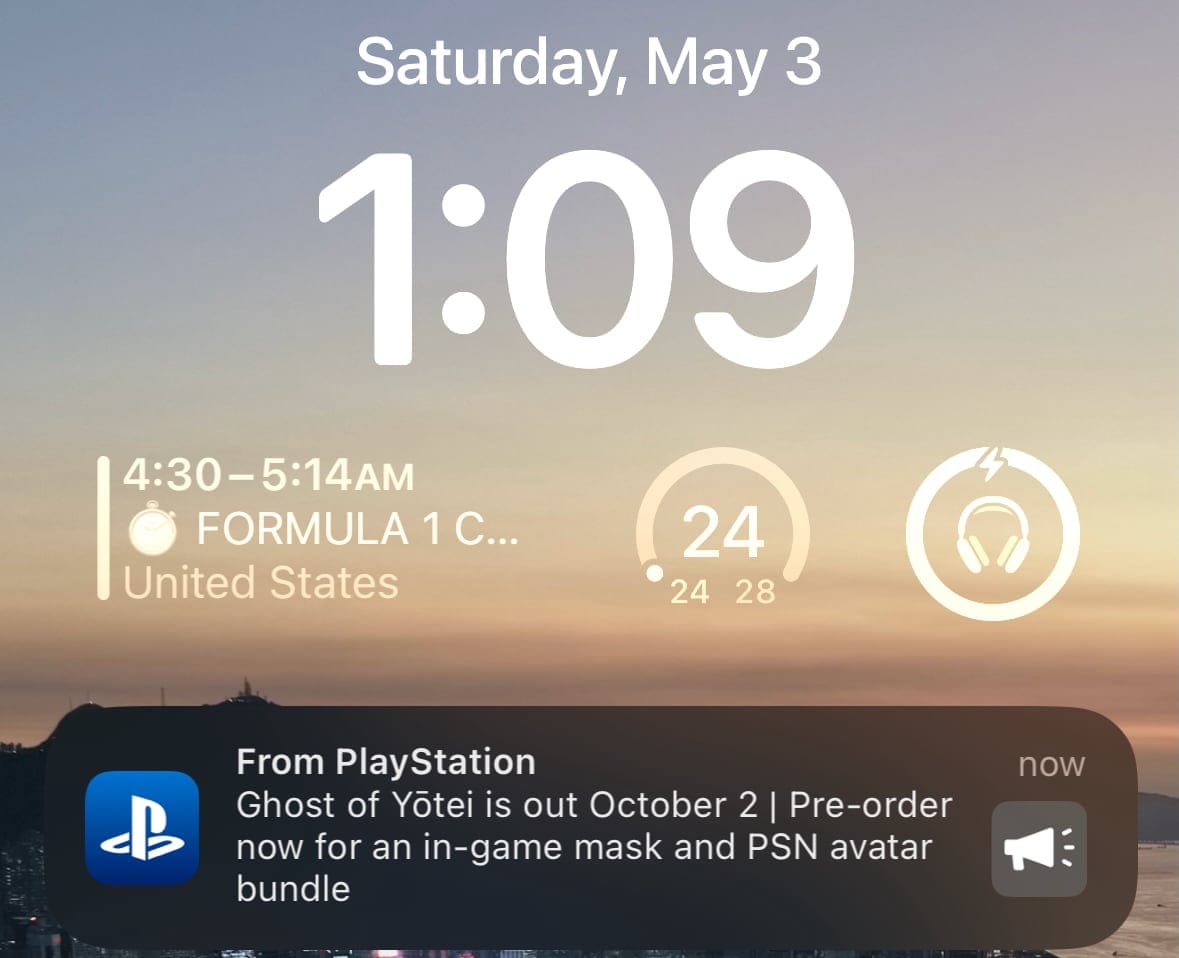
The delay allowed Rockstar to own the video game discourse cycle, as people unpacked what it meant for the industry (for what it’s worth, noted analyst Mat Piscatella thinks it’s a very bad thing). Just as that died down, Rockstar grabbed the spotlight again on Tuesday by dropping the second GTA VI trailer.
Like the first trailer, this one is low on details and high on vibes. You won’t learn much about the story; given that it will likely span dozens of hours, it can’t be succinctly told in a sub-three-minute trailer like a film’s plot. And there’s no gameplay, so beyond the base premise of “Bonnie and Clyde, in 2020s Florida, with sex” there isn’t a lot to learn.
What you can see, and appreciate, is the staggering technical prowess on show. Every frame here is immaculate: animation is smooth and life-like, shirts have realistic-looking folds and creases that move with the character. The lighting when Jason drives past someone getting stopped by a police car (at the 0:45 mark) was quietly breathtaking. If you didn’t notice anything special about that scene, that’s the point: it’s perfect. It doesn’t stand out because it looks so natural that it might as well be real.
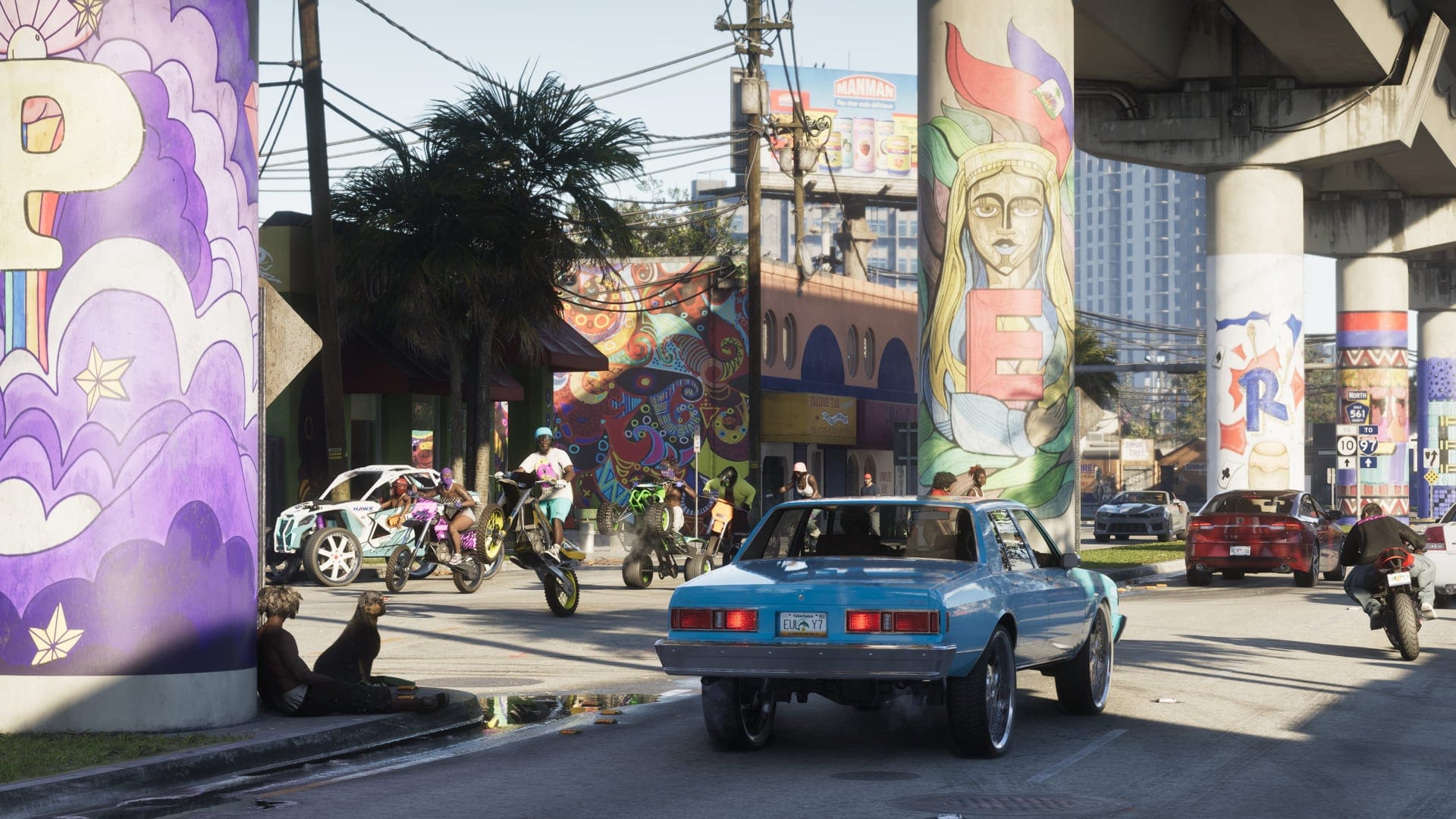
But the odd thing about GTA VI is that, much as the gaming world is anticipating this, as much as I personally am anticipating it, the hype cycle has a different sort of energy to, say, Switch 2. Where Nintendo generates giddy excitement by showcasing opportunities for fun, Rockstar is about inspiring awe at their looming monolith.
Because the thing is, it’s not impossible for another game to look as good as GTA VI does — it just takes an awful lot of time and money. Remember, in a film, you can fill your sets with ordinary objects. But in a game, everything you see on screen has to be created by hand. Birds have to be animated; someone (or rather, many someones) has to specify how much trees can sway in the wind; even static objects need to be assigned physical properties so they look right in various lighting or weather conditions.
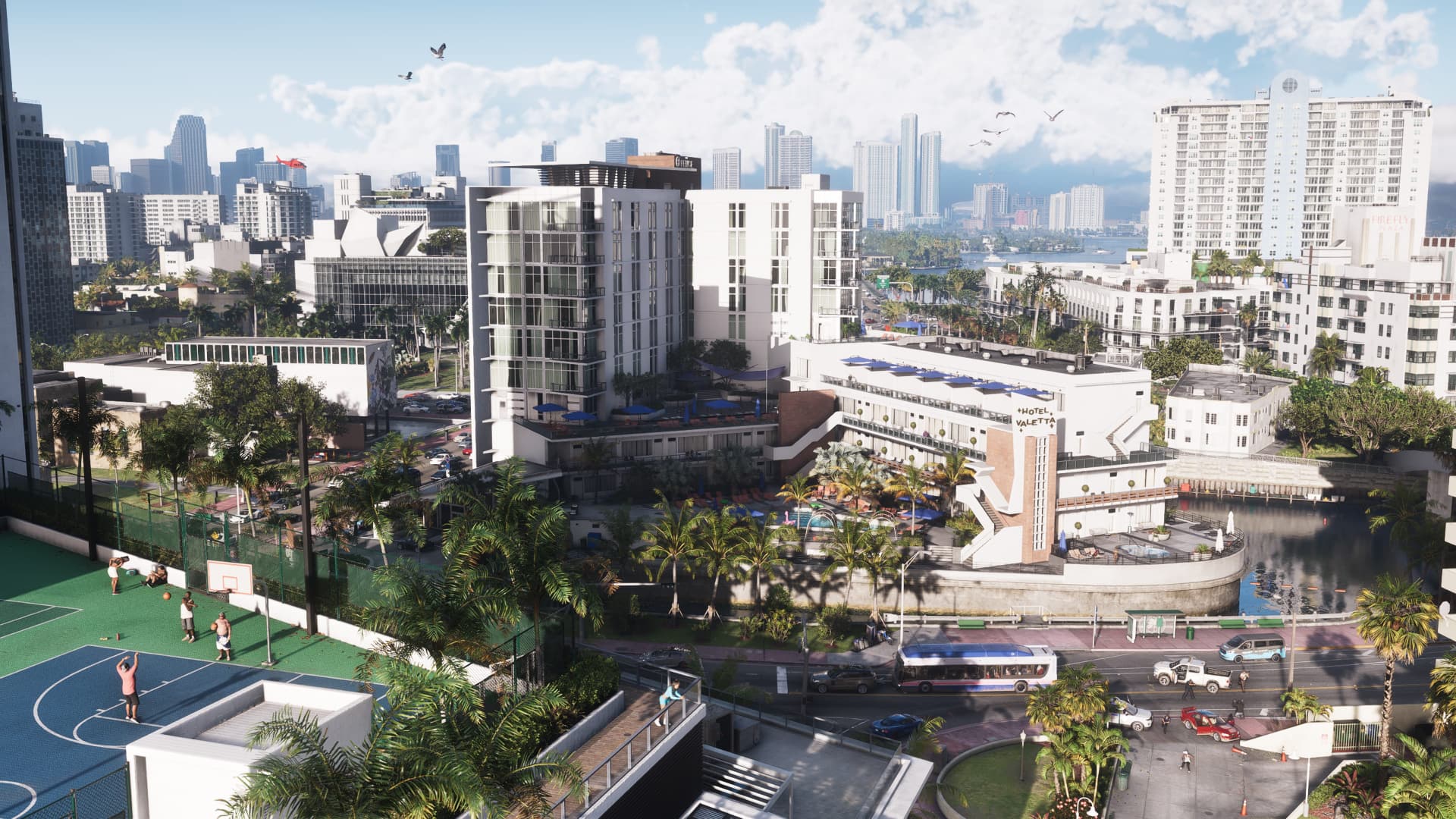
It’s not uncommon in games, even the best-looking ones, to have certain objects — something in the background, or maybe in a corner that players rarely venture — that don’t have the same fidelity as, say, the main character’s weapon. But if you pause the GTA VI trailer at any moment, you’ll see scenes filled with objects, all of which were handmade, all of which look immaculate. And then you realize that these scenes are mere snapshots from a small handful of locations in a game that spans not just a fictional version of Miami, but one that includes other towns, the Everglades and Florida Keys, too.
And that’s where the scale of Rockstar’s achievement lies: in an industry where giants like EA are downsizing, where Ubisoft battles for survival, Rockstar can take years and spend hundreds of millions of dollars making one very big game. It’s not impossible to do this. But I also don’t know of anyone else who can do it.
In that sense, the latest GTA VI trailer is Rockstar laying down a marker: our game is bigger, looks better, and will be more popular than anything you’ve got. GTA VI may not be coming this year, but it is coming. Be afraid.



